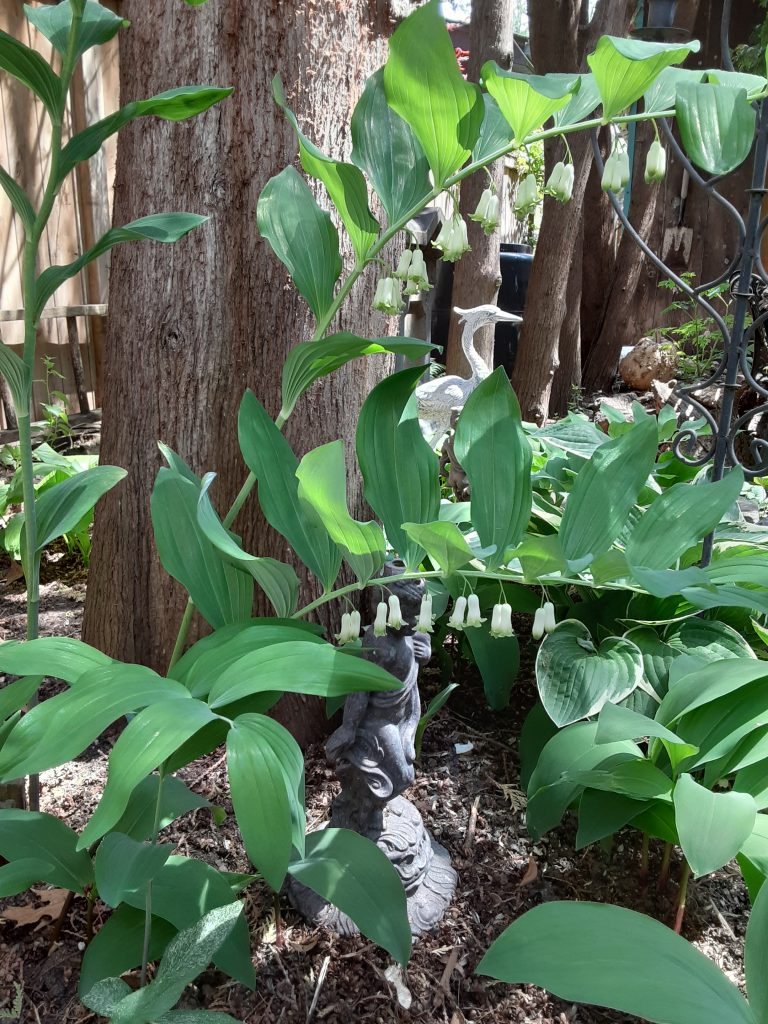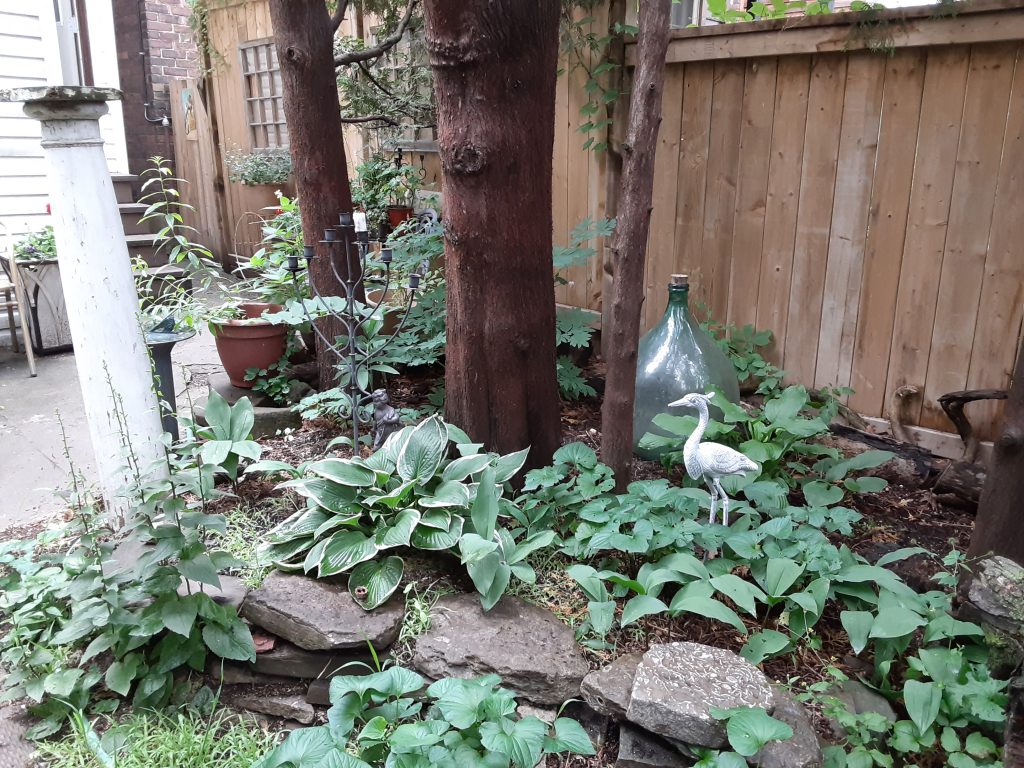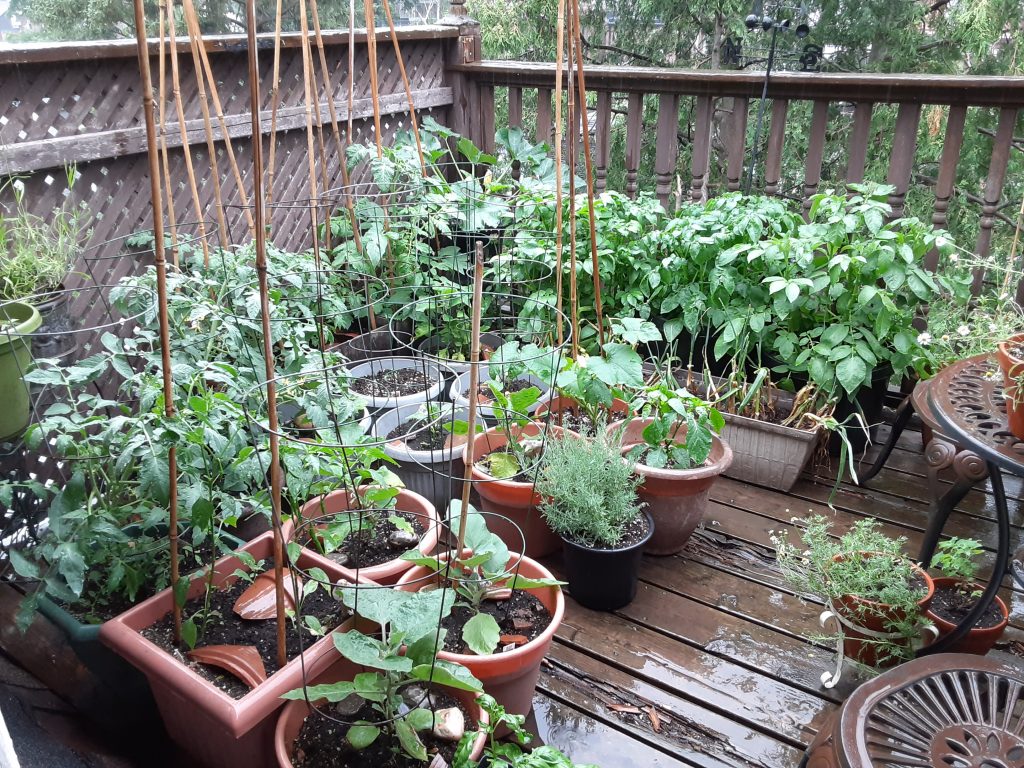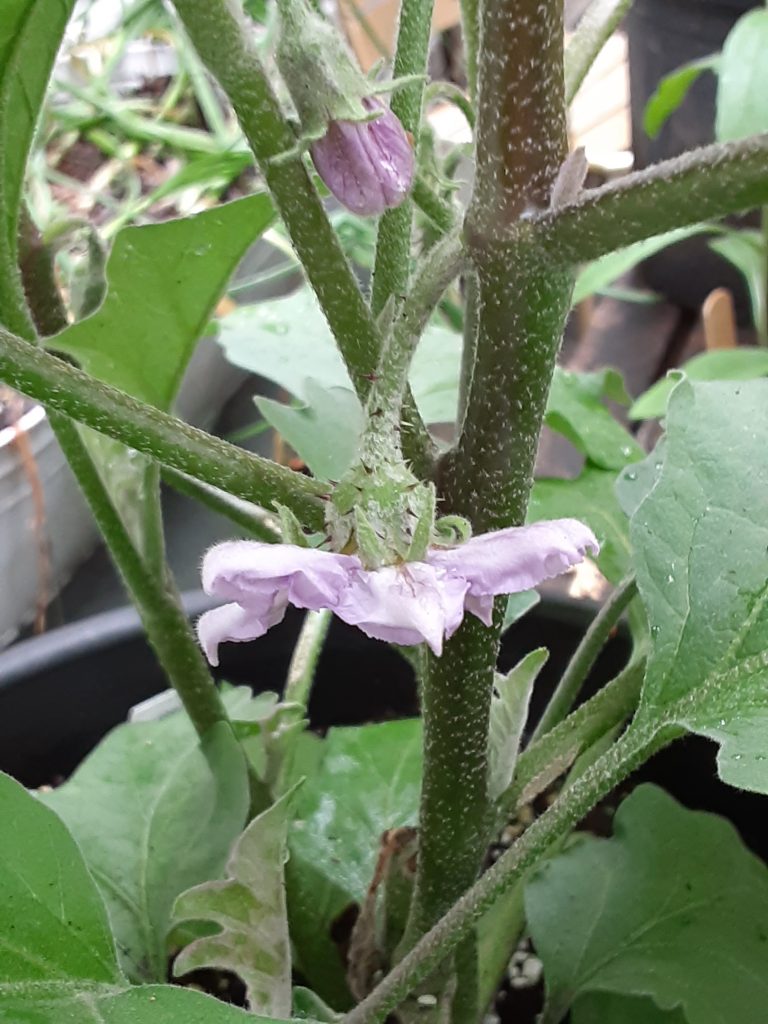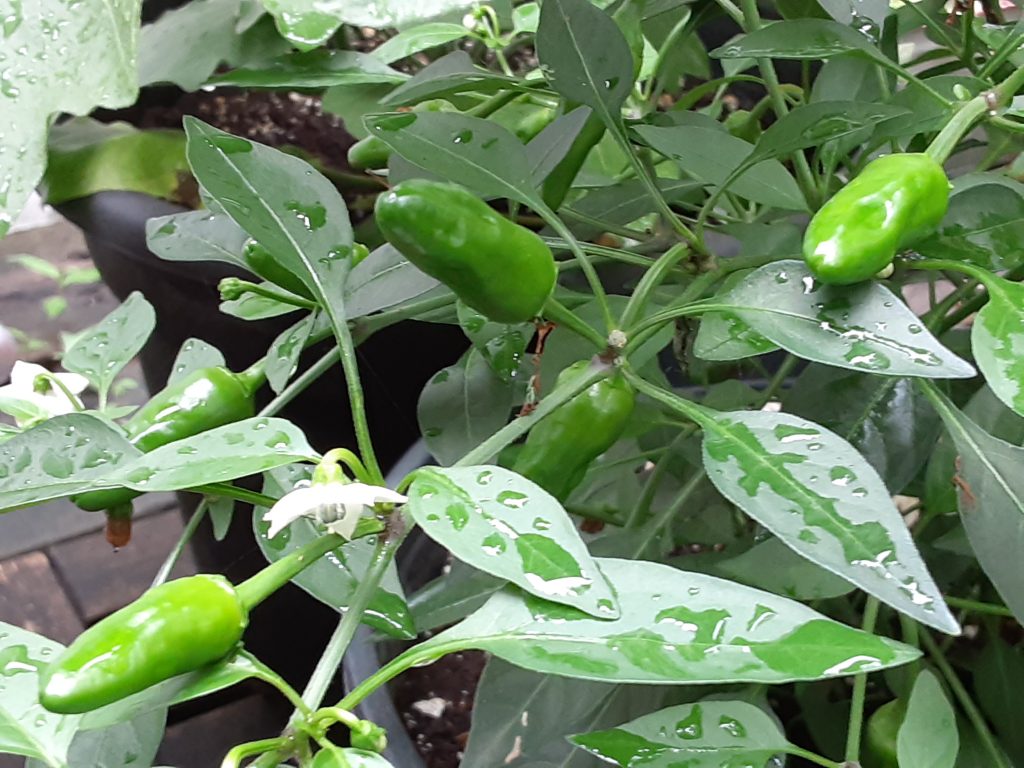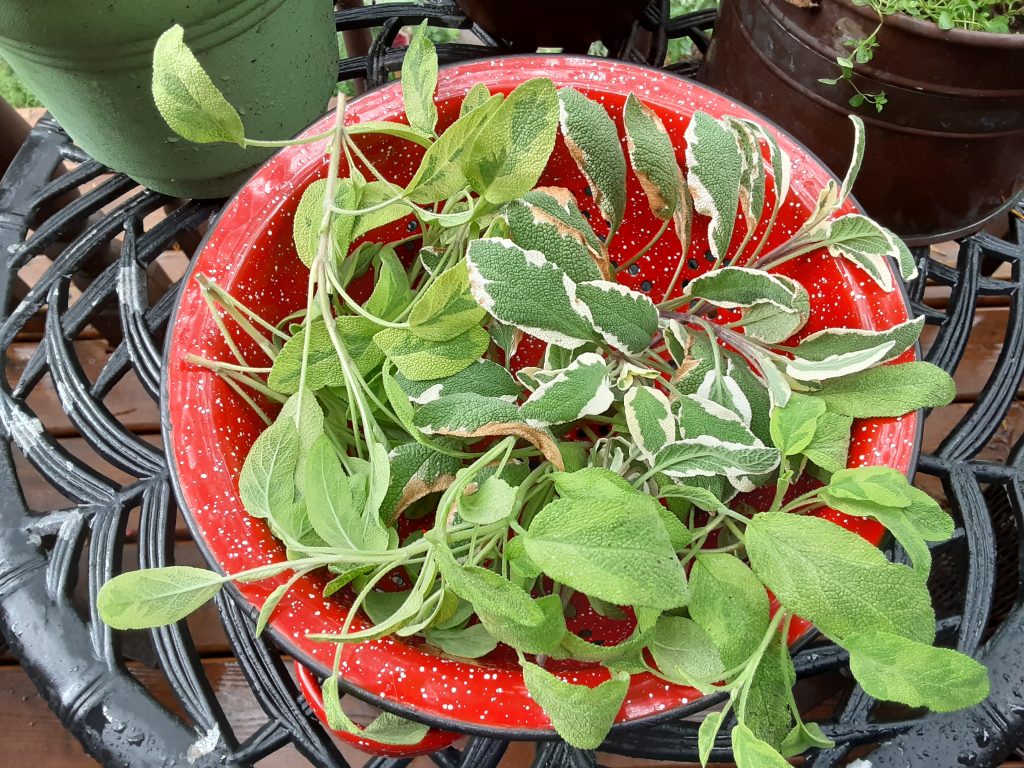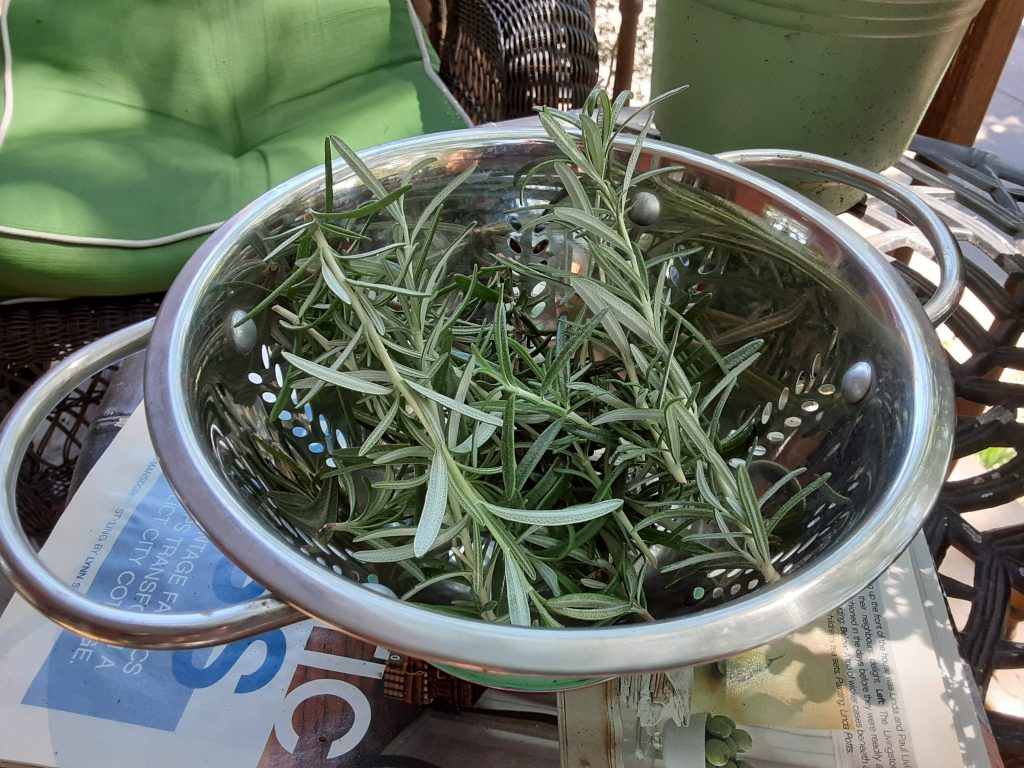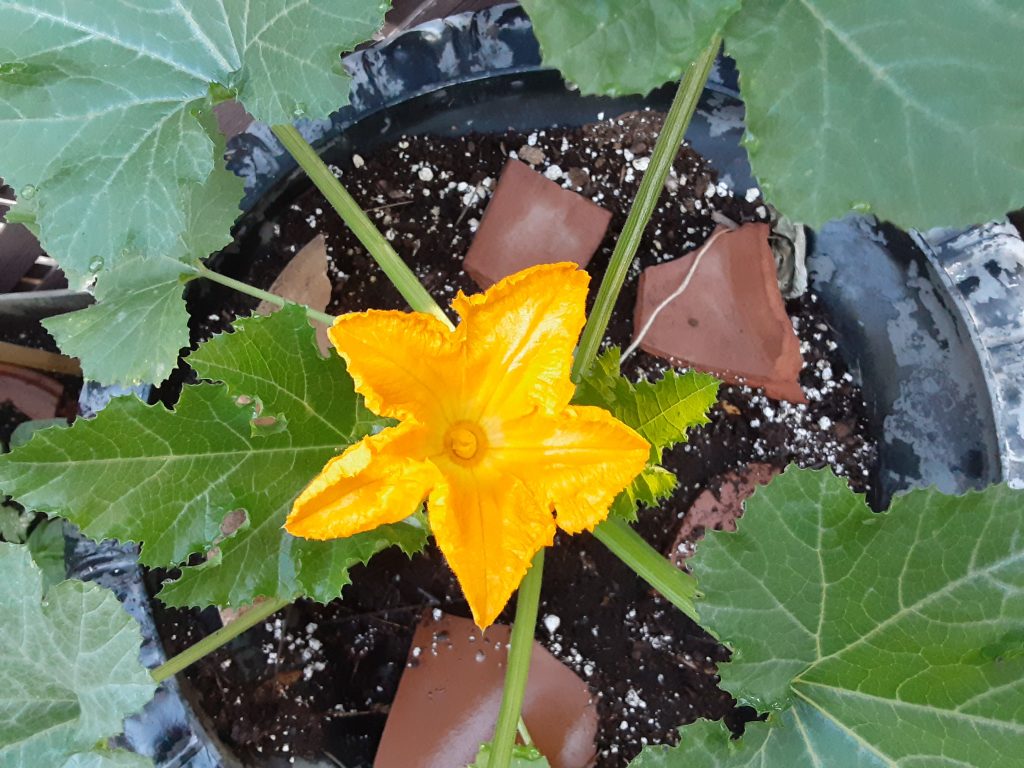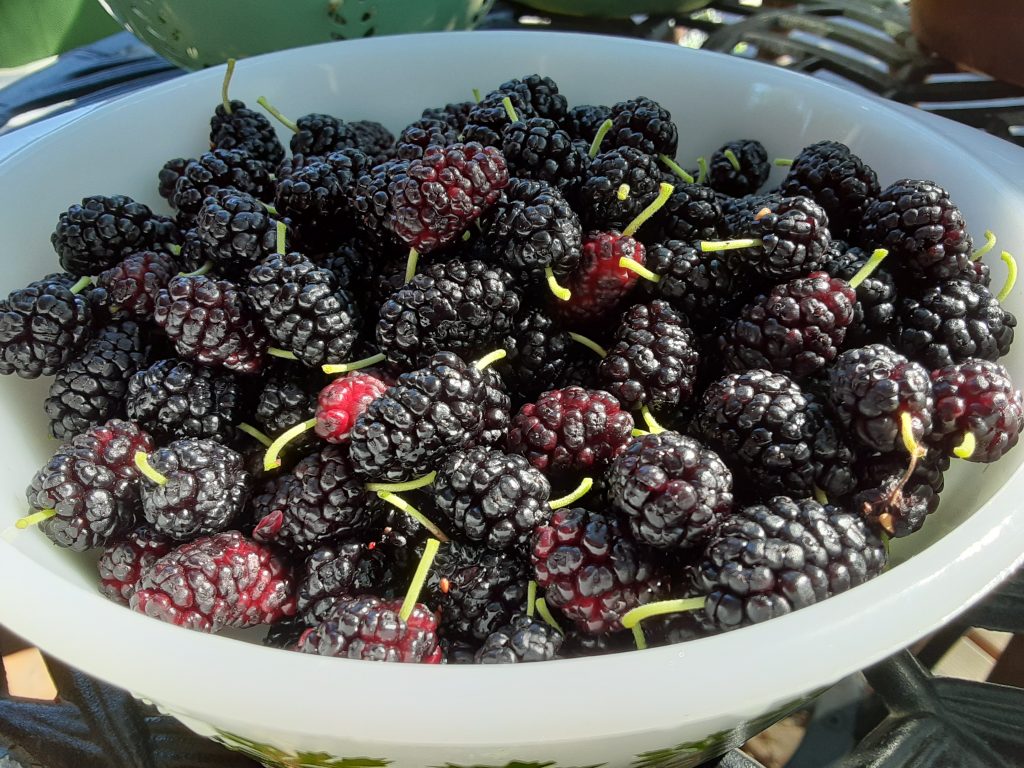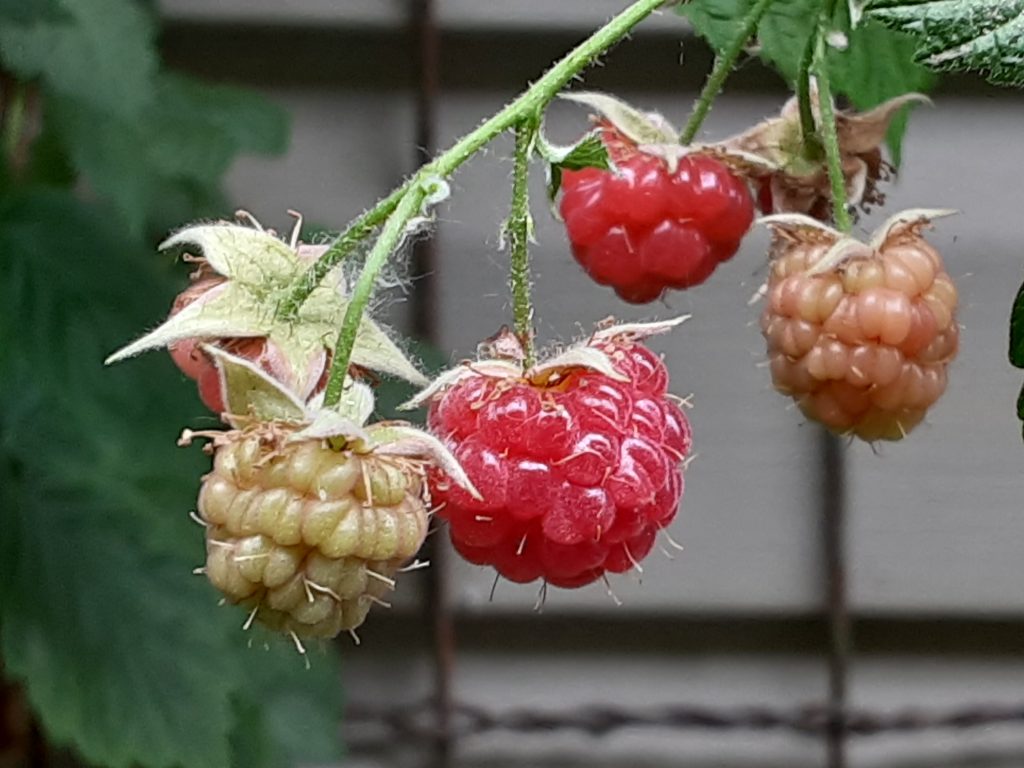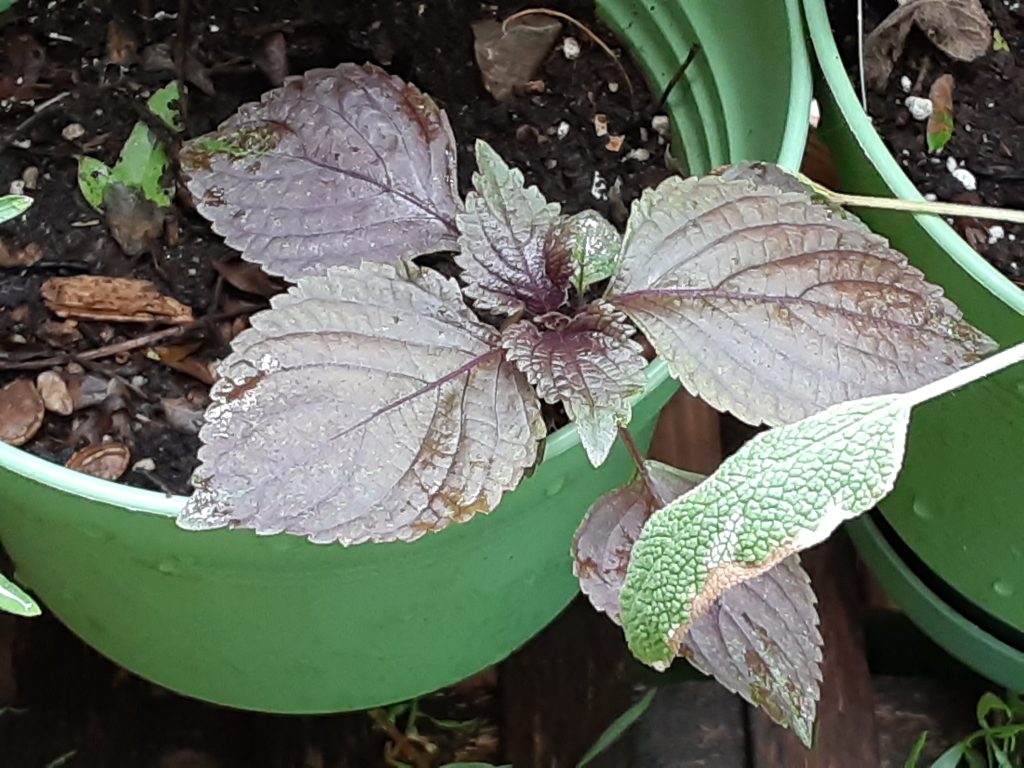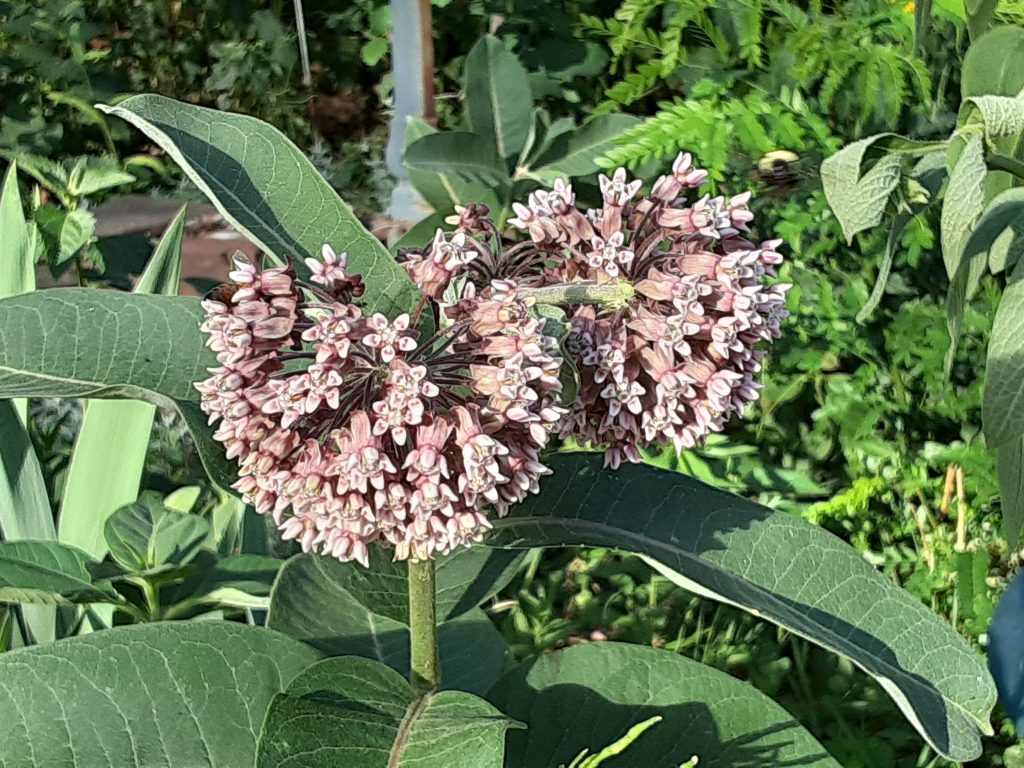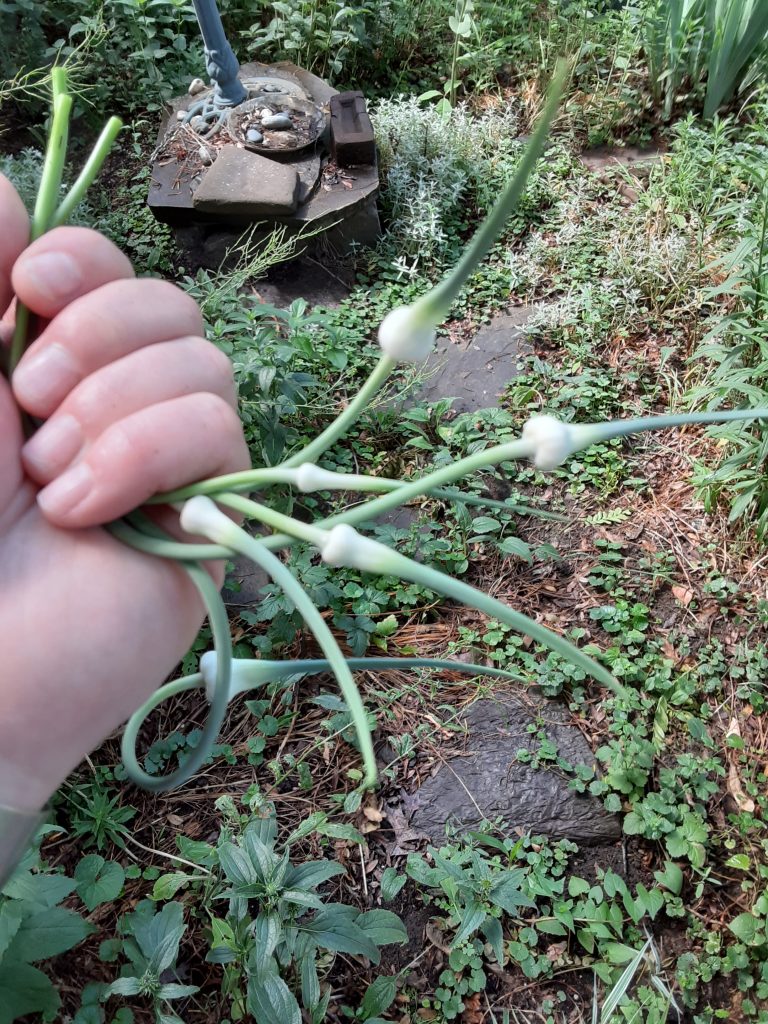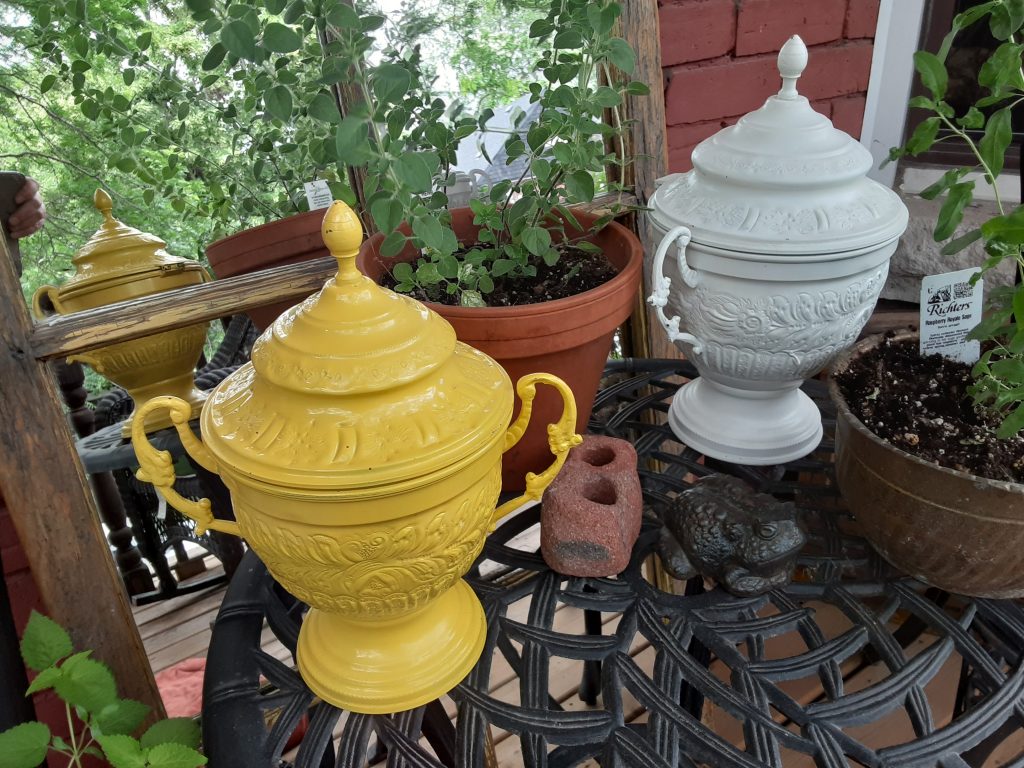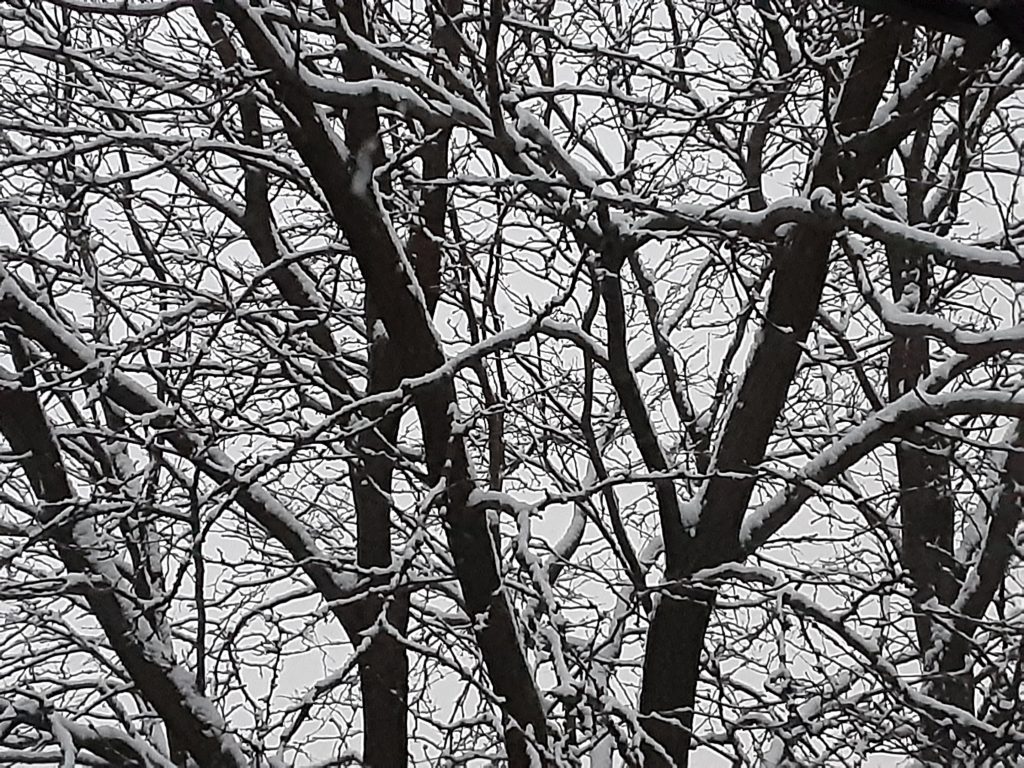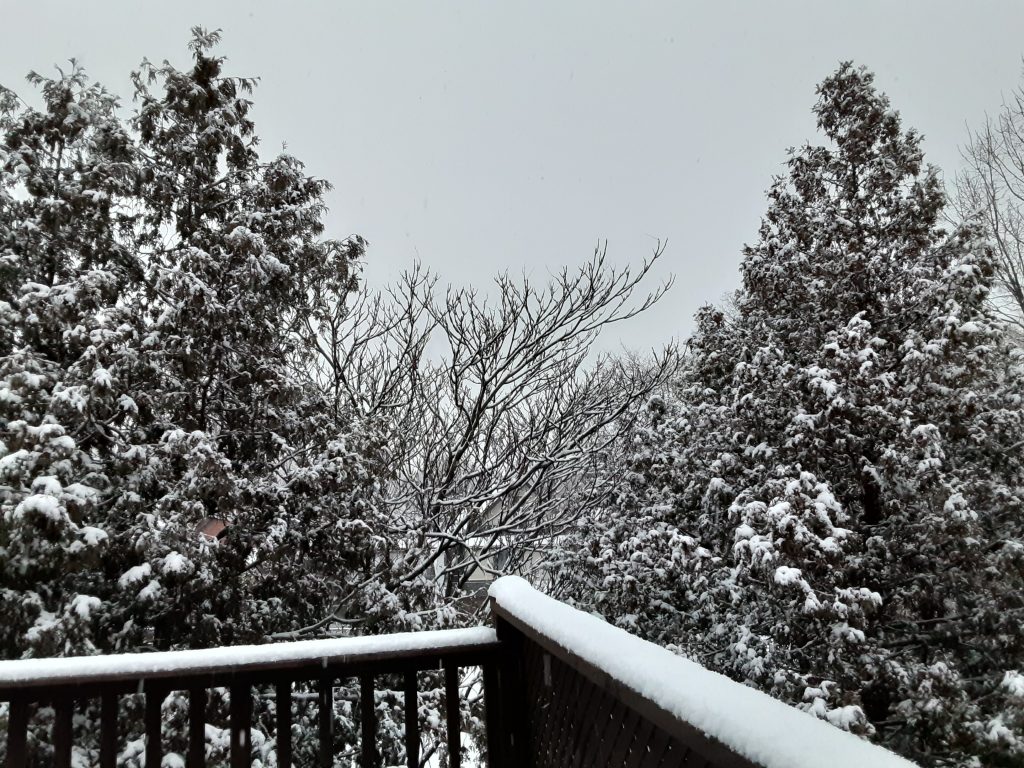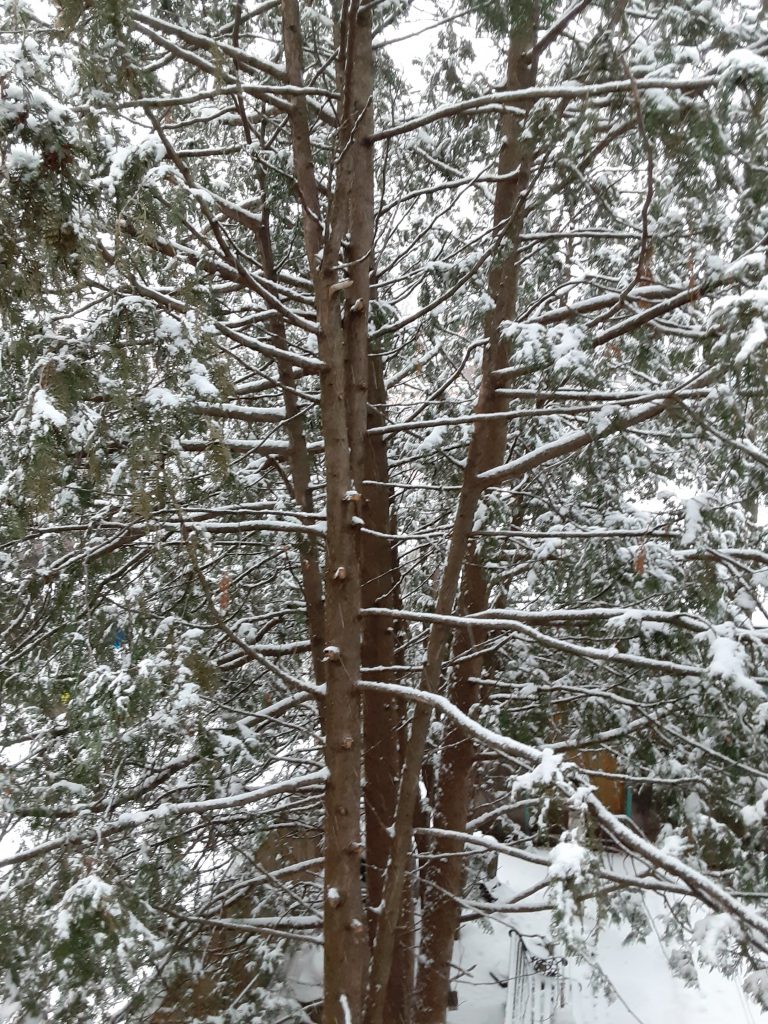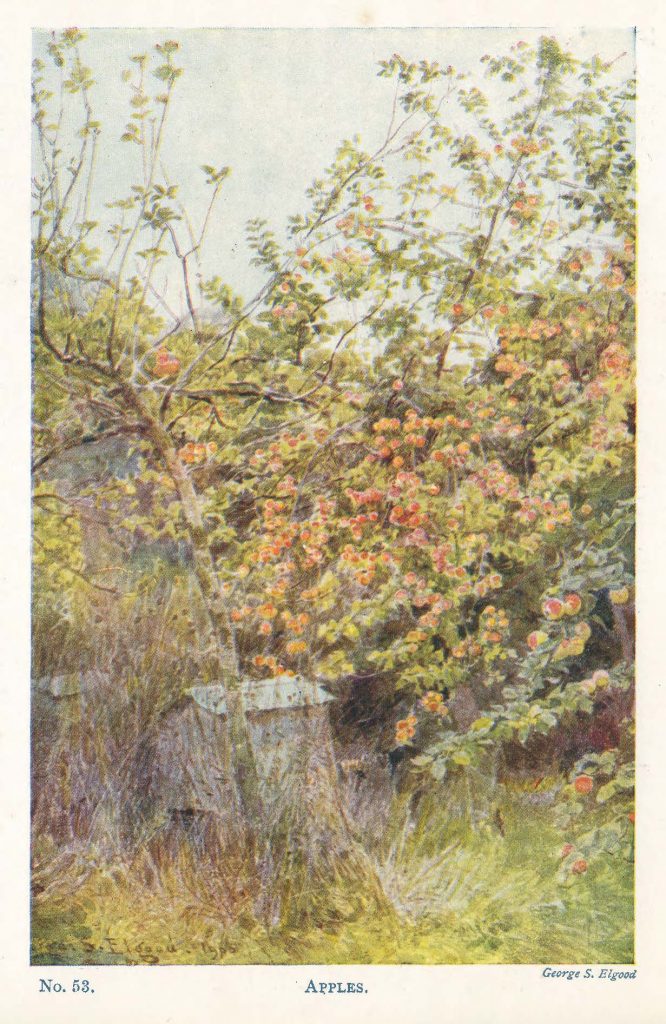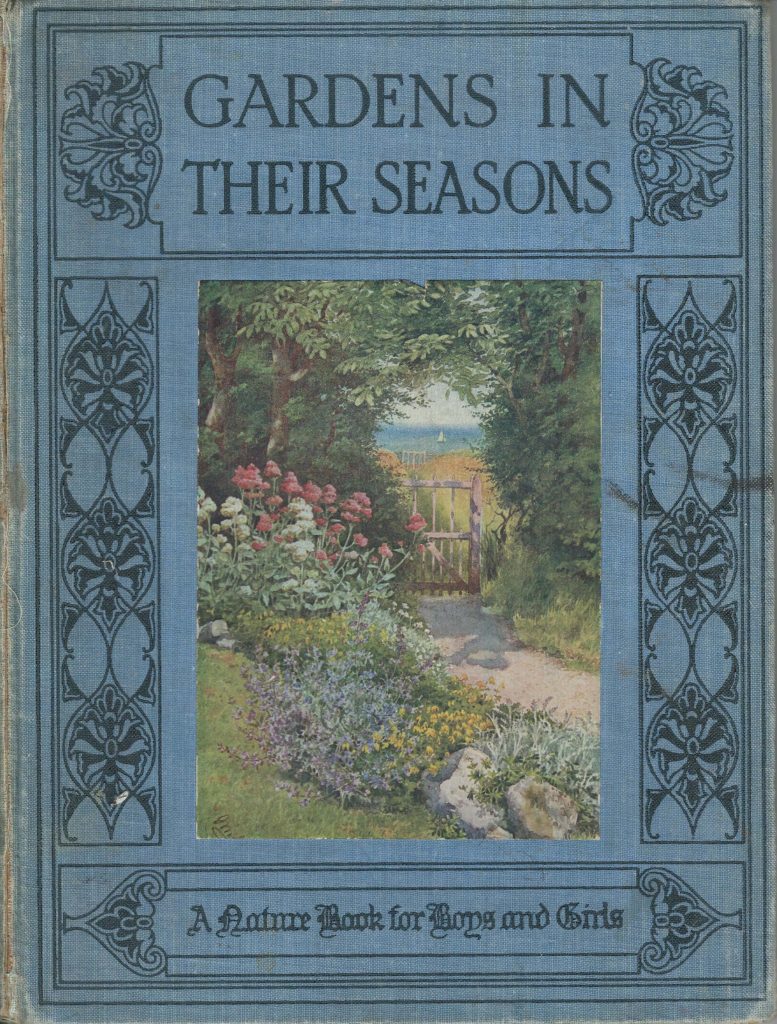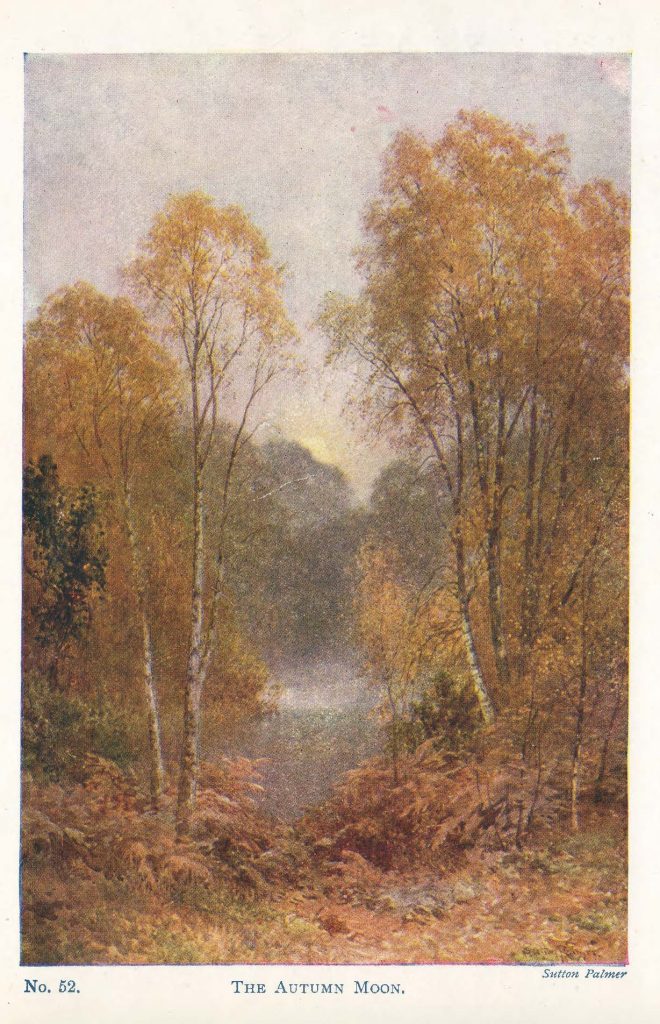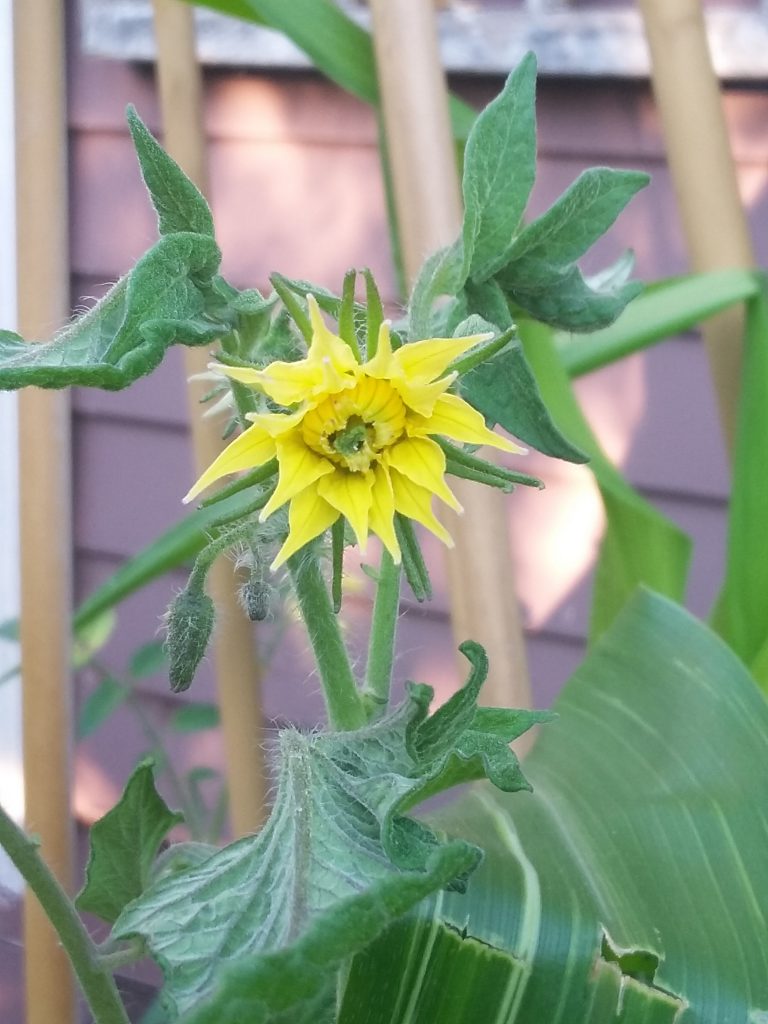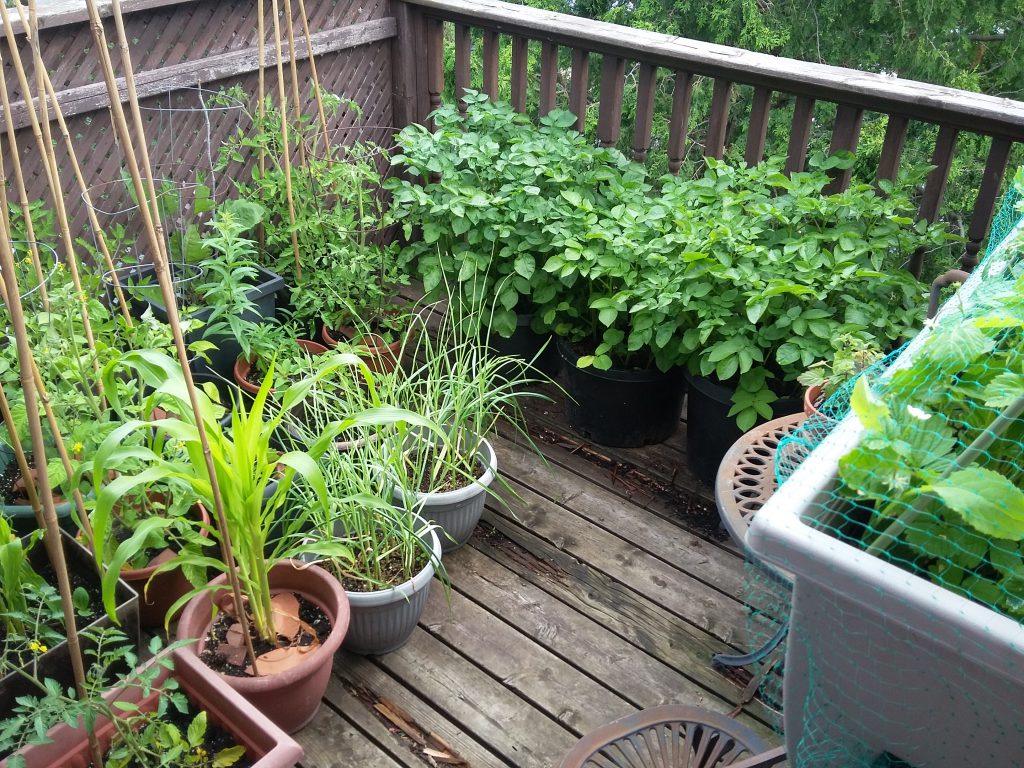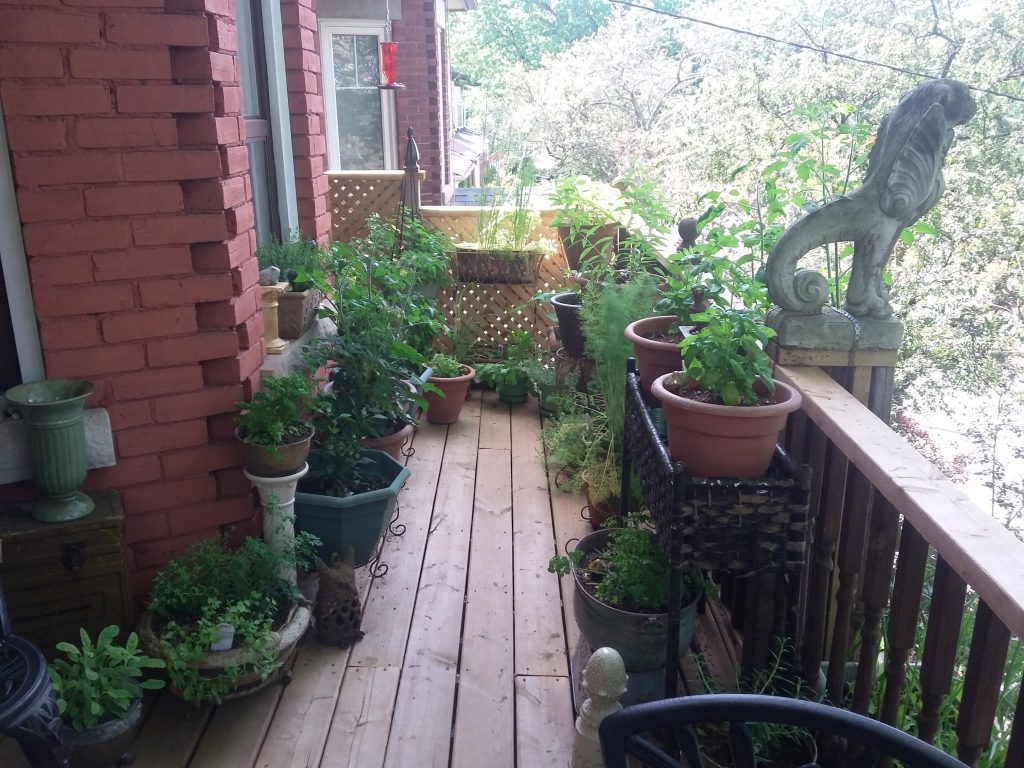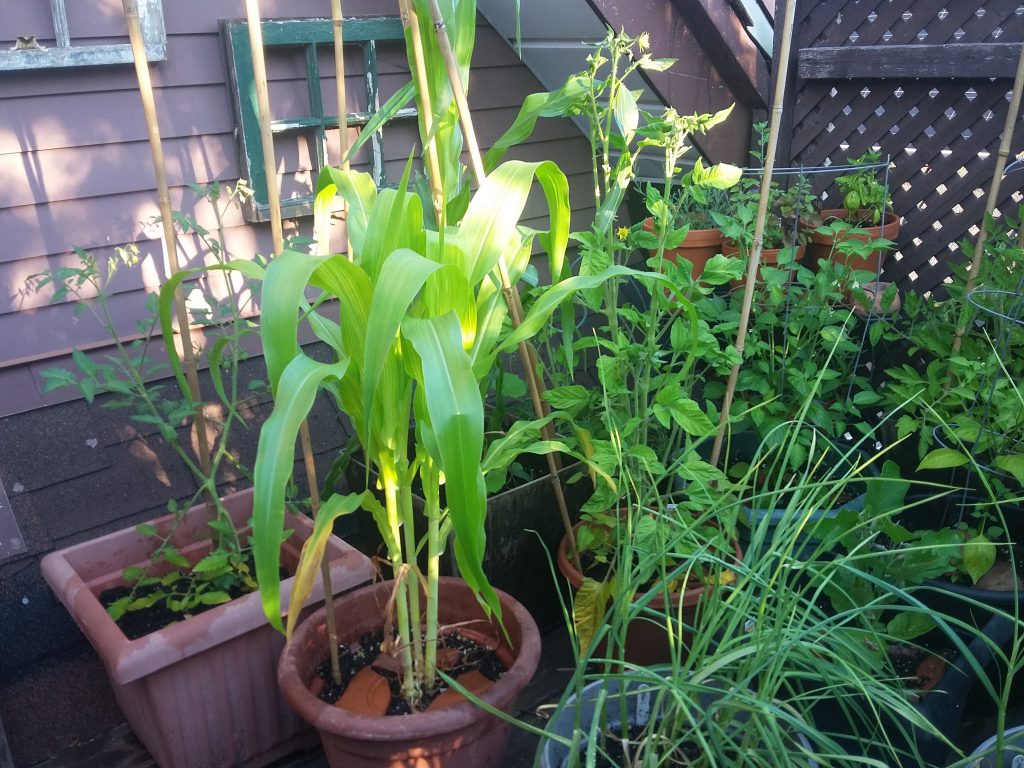Scenes from my Woodland Garden
I am typing this outdoors on a weekday morning, sitting in my woodland garden. The bleeding hearts are still blooming, their season extended courtesy of the cool spring. The Solomon’s seal hang their primordial arches over the garden statuary, and hover judiciously above the hostas. The fiddleheads have unfurled; the lilies-of-the-valley dangle their tiny bells; the violets are nodding their pretty purple heads. The garden casts a green glow.
I am sitting here, breathing, while a wash billows on the line.
A year ago, amid the pandemic, our life was as busy as ever, and in some ways more beset by urgencies than it had ever been, until, one day, we looked at each other and said “F*ck it,” and started talking seriously about retiring–my husband from his small business (and teaching during the fall and winter), and me from teaching (and working with him during the off-season–or, often, in the middle of the night). The overheated Toronto real estate market helped crystalize our decision to sell the small downtown building my husband had bought in the nineties, and after a quarter century of service (after enough glasses of wine I might be prepared to inventory the strange and disgusting things I have cleaned out of other people’s toilets), we retired.
This year I turned 50; my husband is closing in on 60. Like many Gen-Xers, we are sandwiched between parenting and eldercare, meaning we haven’t bought an RV yet! But we have embarked upon an important intellectual project, The Space Between Us, which consists mainly of us airing our differences in public in ways that, we think, can illuminate and perhaps map out ways to reconcile ideological differences in our divided culture. I continue to publish essays and review books (the latter mainly for Spacing magazine–hit up the editors if you have an urban-themed novel or non-fiction book pending), and have a book of my own to finish writing (for which I have spent a great deal of time reading 1940s issues of Chatelaine magazine–more about this anon).
The wind soughs in the trees. A robin flaps about in the bird bath.
After the sale of our building closed, and after my final term of teaching, I felt so tired it seemed impossible to focus. At night in bed, instead of reading I did crossword puzzles. I followed Russia’s invasion of Ukraine with dismay. I detached from social media. I went dumpster diving with a lovely neighbour. I went down to the basement almost every day and rowed, and now row at least 100,000 metres every month, accompanied by old X Files episodes. I have started walking long distances, as far as I can travel in three hours every Saturday while my daughter attends a downtown art class.
Last Friday I saw Sarah Harmer in concert at Massey Hall. It was a perfect, humid evening, and I rode downtown smelling the heady scent of lilac and crabapples, and listened as she raised her incandescent voice before a rapt audience in that beautiful building, and then rode home in the velvet night.
The garlic are getting ready to grow scapes. The rhubarb stalks grow with disquieting speed, seemingly overnight. I have planted borage. The carpenter bees have returned. My lilac, planted four or five years ago, has flowered for the first time. The iris are blooming.
A week ago we split the cost of a new fence with our neighbours. It is a very fine fence, and its construction has made me rethink the landscape of my woodland garden. I have cleaned out a neglected back corner and laid some stepping stones. I’ve cleaned out the composters and set two of them against the fence in a spot too shaded for much to grow. I have low stone walls to reset and a list of Ontario native plants to procure, and plans for a second row of raspberries to grow along the back of the garage.
Last night we went for a walk. This afternoon I will bike over to Canadian Tire in search of one last variety of hot peppers. Later on I might read on the verandah.
And tonight I will sleep on those wind-blown sheets, fresh in from the line.
Scenes from my Woodland Garden Read More »
